7 Vegetables to Plant in November for a Big Harvest with Minimal Effort (and 1 Wildcard Fruit)
November isn’t too late to start growing your own fruit and vegetables. In fact, some taste even better after a cold snap…
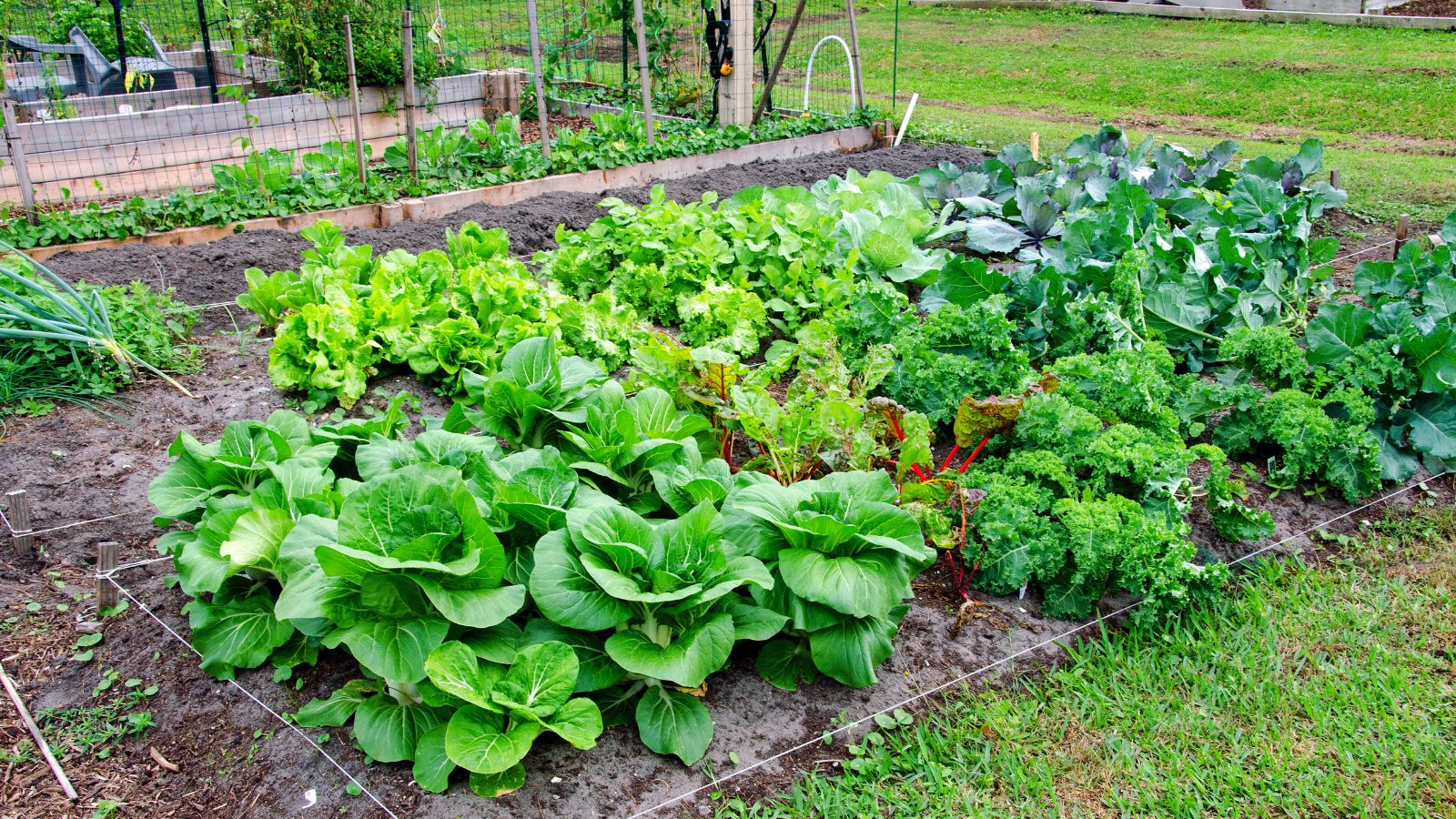

Winter is all but breathing down our necks, but there are still plenty of vegetables to plant in November if you’re in the mood for some serious homegrown abundance. After all, the days may be shorter and the soil cooler, but that doesn’t mean your gardening season has to end.
Yes, we promise that you don’t need to be a master gardener to keep things growing through winter. With just the vegetable gardening basics under your belt, you can still enjoy crisp greens, hearty roots, and fresh herbs even as frost sets in.
Of course, your success will depend largely on where you live. The USDA Hardiness Zones are your best guide when it comes to what to plant and when; what thrives in a milder winter climate will most likely not survive a hard freeze. Check your zone before you sow, and you’ll be well on your way to a healthy, resilient winter garden.
From cold-hardy greens to root vegetables that practically thrive on neglect, then, here is our pick of the best crops to plant in November (including one unexpectedly fruity addition)...
1. Parsley
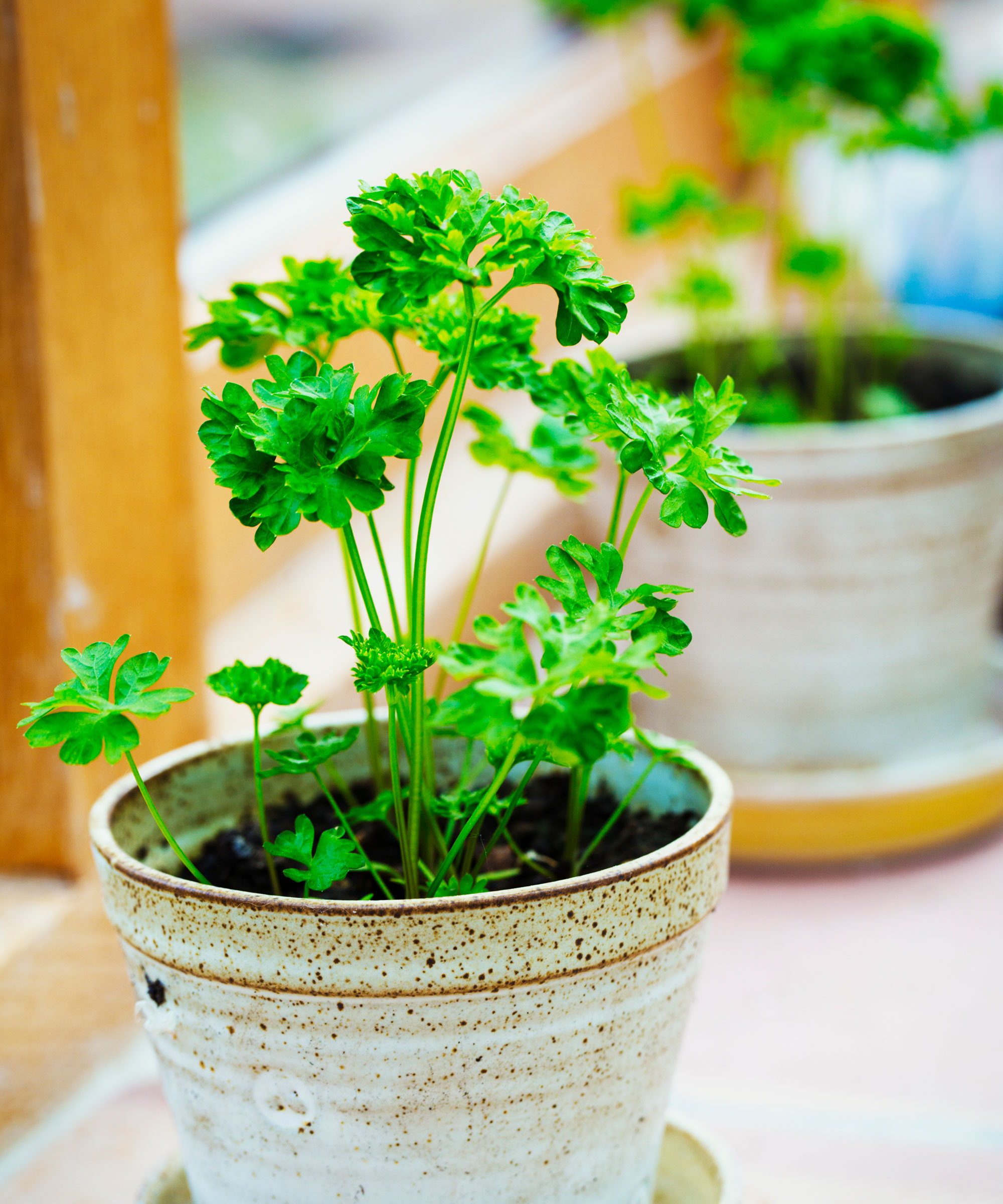
One of the most popular hardy herbs around, you’d best believe that parsley is on our list of vegetables to grow in November. While it should be able to handle the mercury dip out in your herb garden if you’re in Zones 3-10, there’s also the option to grow it on a sunny kitchen windowsill if you prefer. Handy, if you ever need a sprig or two while you’re cooking!
Pick up a packet of The Old Farmer's Almanac Heirloom Parsley Seeds via Amazon, then, and start sowing ASAP.
2. Garlic
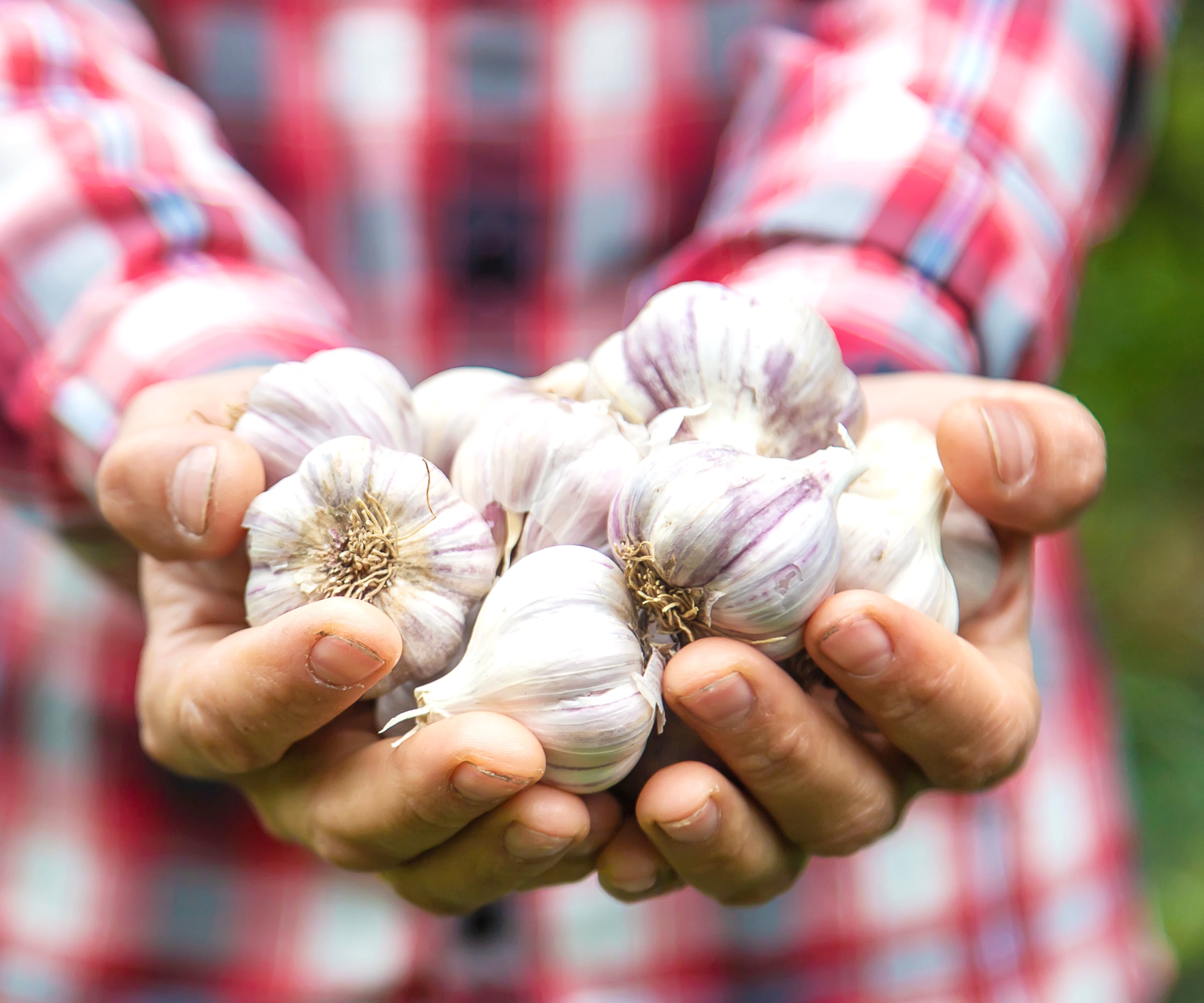
Whether you want to flavor your food or ward off vampires, garlic is a great vegetable to plant in November across zones 3-9… so long as you get it in the ground about a month before the first frost (it needs a wee bit of time to anchor its roots properly).
Sign up for the Gardening Know How newsletter today and receive a free copy of our e-book "How to Grow Delicious Tomatoes".
Use store-bought cloves to save money. Or, if you prefer, stick to Walmart’s Country Creek Acres Garlic Plant Bulbs. Either way, we promise you this: get them planted this month and your future will be bright with delicious homemade pasta sauces aplenty…
3. Sprouts
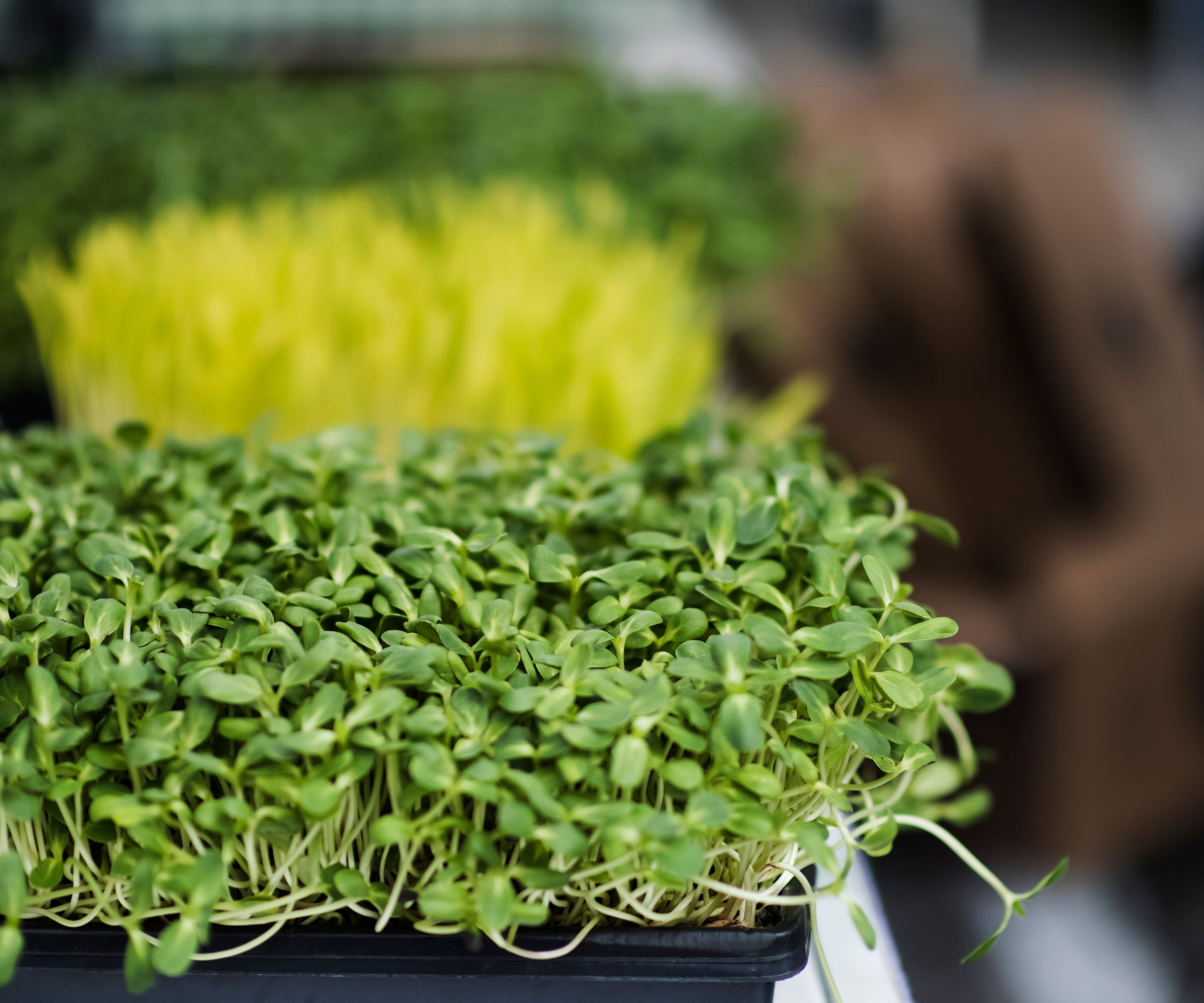
Whether you plump for broccoli or alfalfa sprouts, these tasty little greens are ideal crops to sow in November. Better still, you don’t need lots of space or patience to make the magic happen; a seed tray on a windowsill will do, and most will be ready to harvest within a week of planting.
To mix things up, pick up a bag of Seedboy Organic Non-GMO Fresh Salad Blend Sprouting Seeds from Walmart; it contains a mix of lentil, broccoli, alfalfa, radish, and mung bean, which should go a long way to livening up your sandwiches for the foreseeable future.
4. Onions and Shallots

If you’re based in Zones 4-9, you can add onions and shallots to your list of vegetables to grow in November. They’ll grow slower in the winter to help them handle those cooler temperatures really well, so get your seeds in the ground now and reap the benefits later.
Try something like Amazon’s Organic Onion Seeds Variety Pack if you fancy a crop that ticks off crisp green onions as well as those sweeter yellow and bold red varieties.
5. Carrots
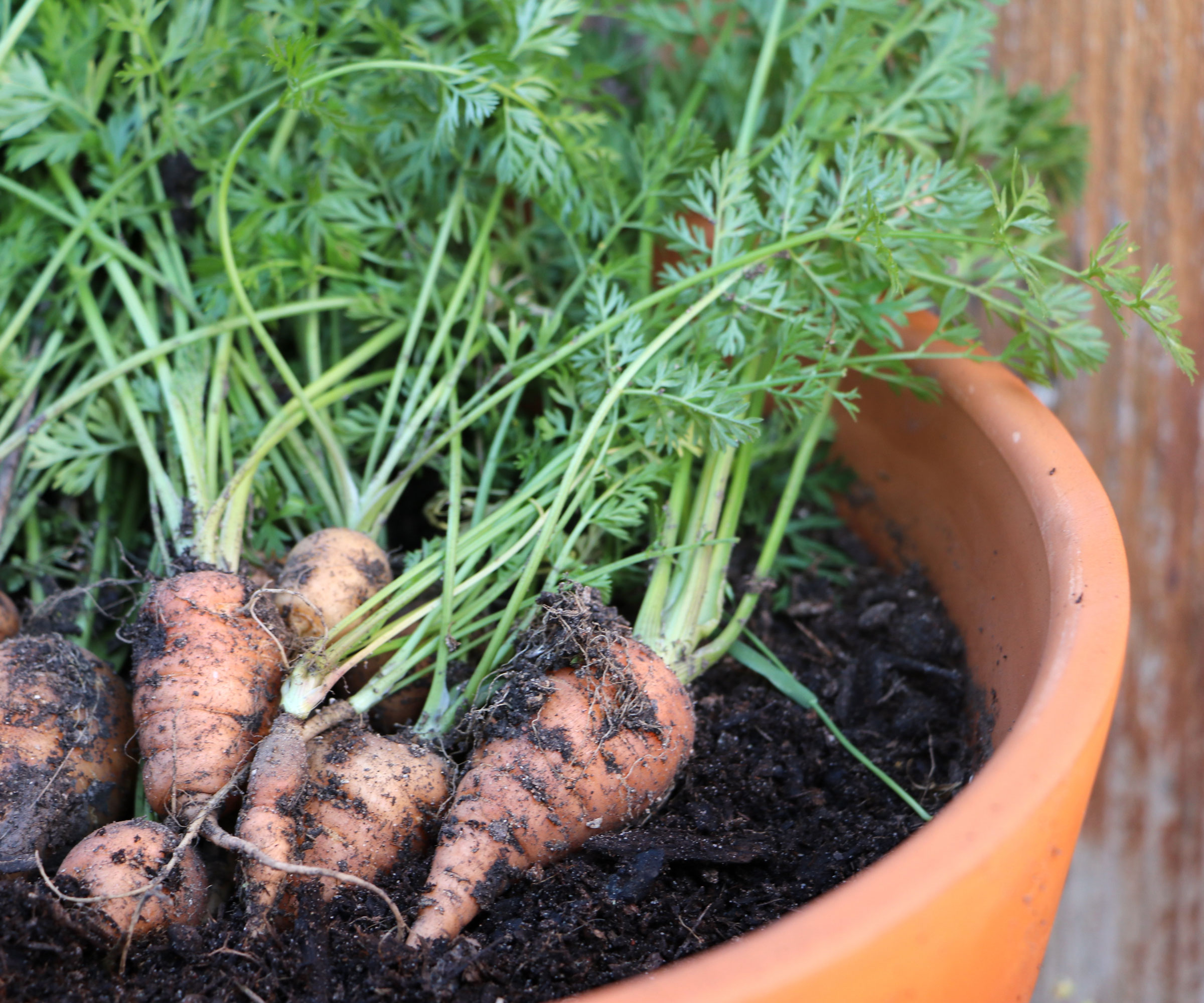
Carrots are also great vegetables to plant in November, so long as you’re in Zones 3-10, as they actually taste a little sweeter for some time out in colder temperatures. They’ll still need plenty of sun, though, and take care to mulch them well.
Top tip? The Old Farmer's Almanac Heirloom Tendersweet Carrot Seeds from Walmart are ideal for fall planting.
6. Lettuce

They might be the vegetable that’s most synonymous with summer, but November is actually a brilliant time to plant lettuce if you’re in Zones 2-10 – particularly varieties like romaine and butterhead, which can actually tolerate a light frost pretty well. Still, a cold frame wouldn’t go amiss if the weather forecast looks incredibly chilly.
Try a packet of The Old Farmer's Almanac Heirloom Romaine Lettuce Seeds from Amazon, then, and lose yourself in dreams of salads yet to come…
7. Common Cilantro
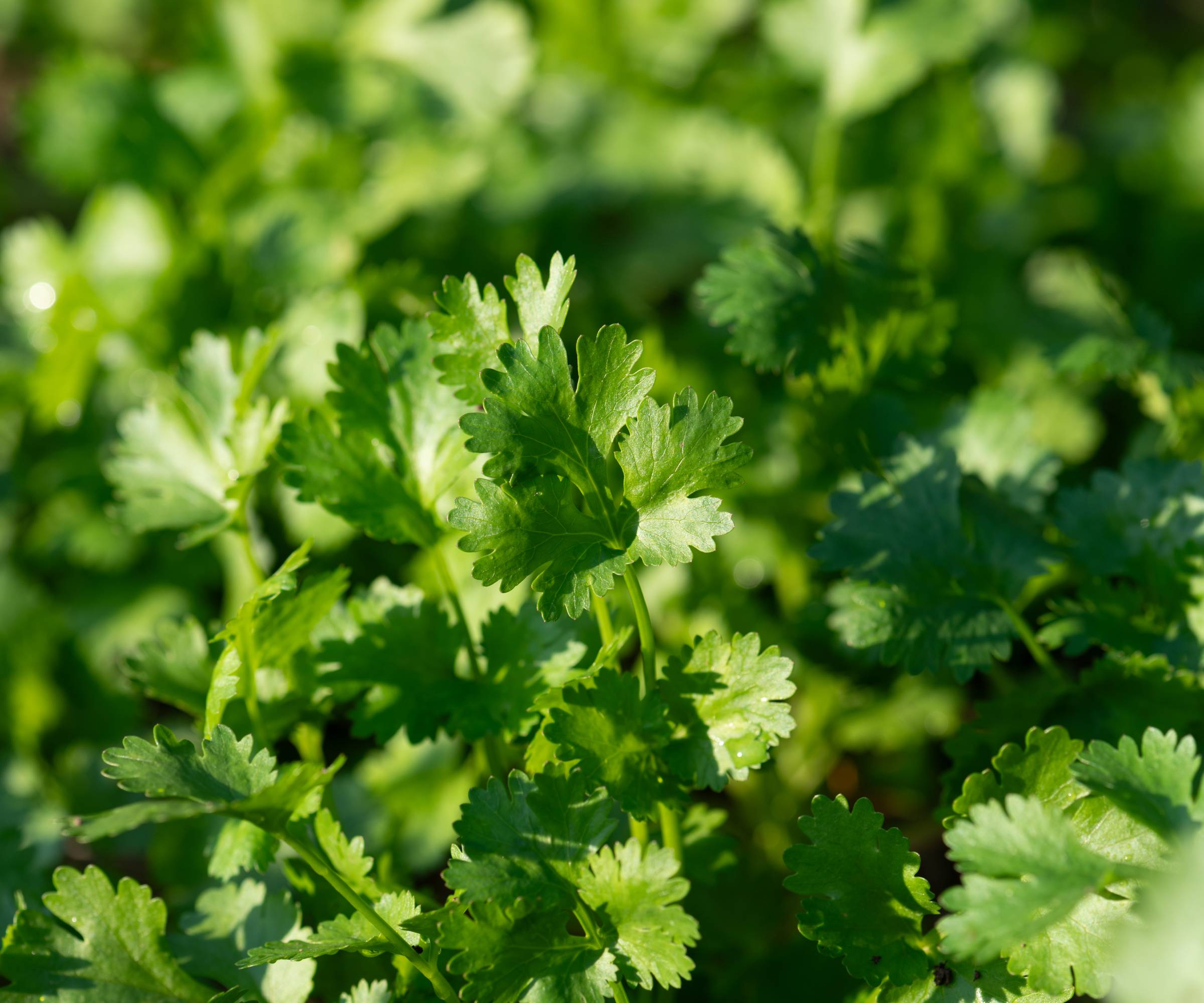
We’ve said it before, and we’ll say it again: cilantro bolts in the heat, so it’s definitely better to grow it in November when the weather is at its chilliest.
Try sowing something like Seedboy Organic Cilantro 'Slow Bolt' Herb Seeds from Walmart directly outdoors if you’re in zones 8 to 10, or, if things are even chillier, plant it up in pots and grow it in a sunny spot in your kitchen for easy-to-reach flavor. Hey, it needs to be harvested regularly if you want it to thrive…
Wildcard Option: Bare-Root Fruit Trees

It is a truth universally acknowledged (by experienced gardeners, at least) that bare-root planting is one of the best and easiest ways to save money. Thankfully, November is the perfect time to grow bare-root fruit trees; think apples, pears, plums, and peaches, to name just a few.
Scour your local garden centres, then, and pick up a fruity bargain for your plot, if only for the pies and jams you'll be able to whip up in years to come...
And there we have it; our pick of the best vegetables to plant in November, along with one wildcard for anyone who prefers to get their daily Vitamin C dose from a sweet fruit over a bowl of greens.
Happy planting, and we wish you a bountiful harvest...

Kayleigh is an enthusiastic (sometimes too enthusiastic!) gardener and has worked in media for over a decade. She previously served as digital editor at Stylist magazine, and has written extensively for Ideal Home, Woman & Home, Homes & Gardens, and a handful of other titles. Kayleigh is passionate about wildlife-friendly gardening, and recently cancelled her weekend plans to build a mini pond when her toddler found a frog living in their water barrel. As such, her garden – designed around the stunning magnolia tree at its centre – is filled to the brim with pollinator-friendly blooms, homemade bird feeders, and old logs for insects to nest in.